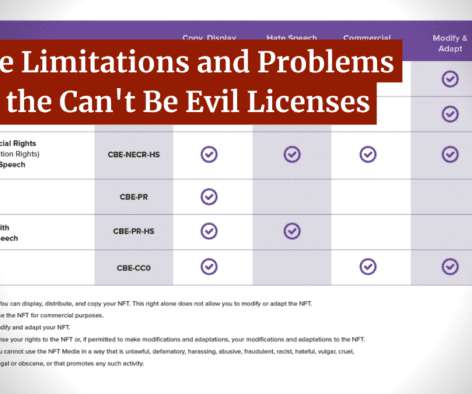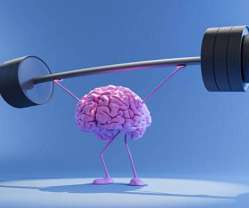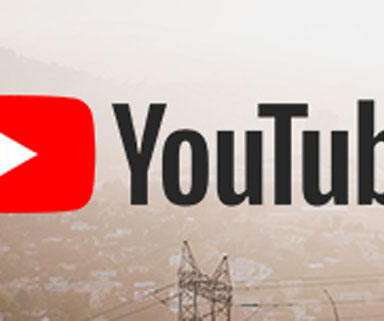My Concerns with the ‘Can’t Be Evil’ NFT Licenses
Plagiarism Today
SEPTEMBER 8, 2022
In a blog post published last week and covered by Adi Robertson at The Verge yesterday , the firm is introducing what it calls “Can’t Be Evil” (CBE) licenses, a series of licenses that can be affixed to NFTs to clearly indicate what rights the NFT creator transfers to the buyer. The original creator retains no exploitation rights.












Let's personalize your content